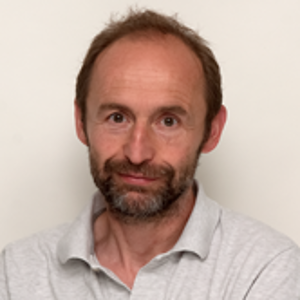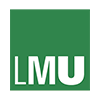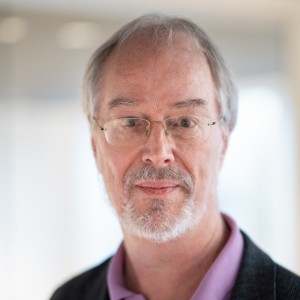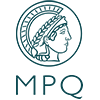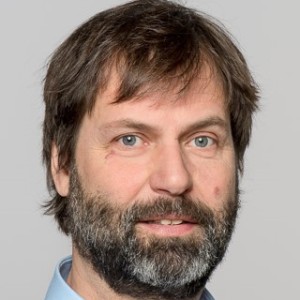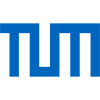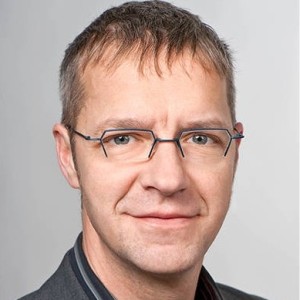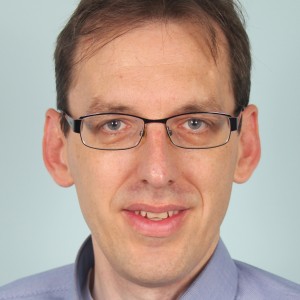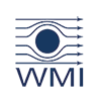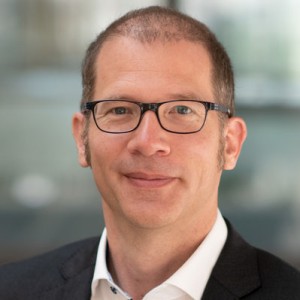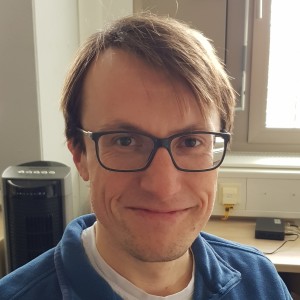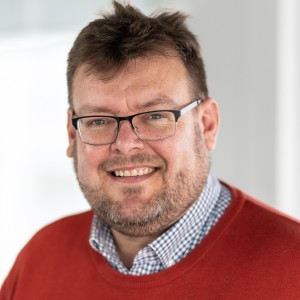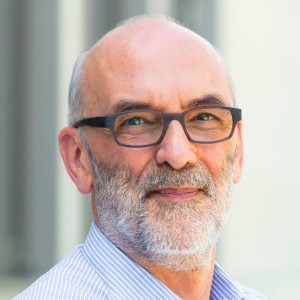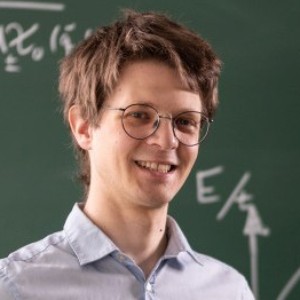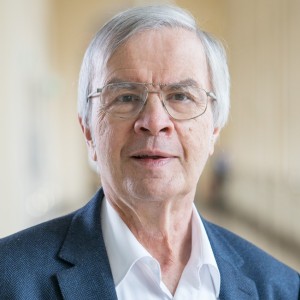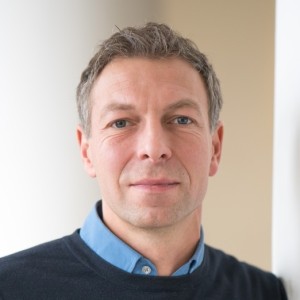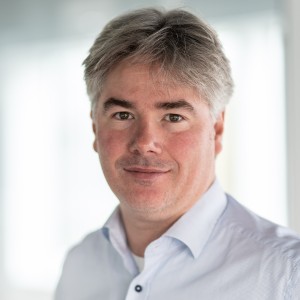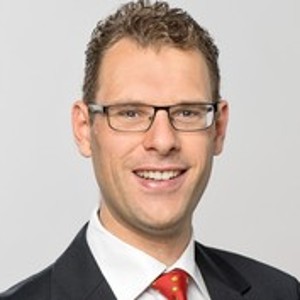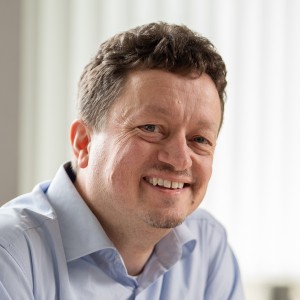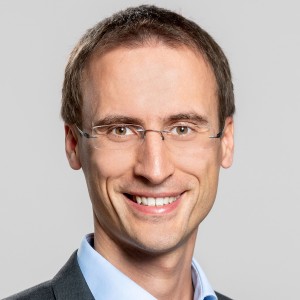Communication is at the heart of our daily life. Enormous progress has been achieved in recent years in modern telecom technologies that are now capable of literally providing information at our fingertips, at virtually any place on earth. Quantum information methods can improve and extend the capabilities of state-of-the-art communication systems – but the user cannot be expected to care about quantum physics. Significant improvements and technological developments are required to provide seamless integration of quantum communication methods to make their application fully transparent for the everyday user.
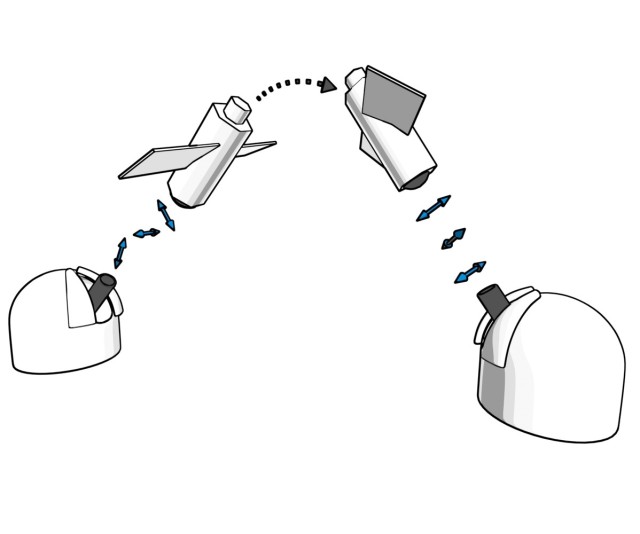
The security and confidentiality of information transfer are threatened. A future, large-scale quantum computer will break the most widely used encryption systems and already now security agencies worldwide advise to search for so-called post quantum security systems.
Quantum key distribution employs quantum states of light and is the only solution known today which will withstand the attack of any quantum computer. Even better, it is the only method for which the user can quantify the security of the key distribution, i.e. measure the knowledge the eavesdropper can possess about the key. For the first time in secure communication, the communicating parties do not have to rely on the inabilities of the attacker.
First commercial systems are available but significant improvements are required to enable secure communication to a widespread community. Crucial issues here are the usability and reliability of the quantum key exchange devices, and of course also the possibility to communicate securely over long distances. Trusted node network components for quantum key distribution have to be developed and integrated together with industrial partners into standard network components.
The current development of optical communication to satellites offers the unique opportunity to add quantum security to these systems from an early stage on, thereby enabling secure communication on a global scale. Conversely, the technological advance of space-proven quantum communication components will foster the development of highly robust real-world solutions for quantum communication and their integration with conventional communication systems.
Extending today’s communication network structure into the quantum domain will bring the ultimate solution enabling full quantum communication possibilities - the often-referred-to quantum internet. In addition to point-to-point quantum key distribution, the quantum internet will be able to distribute quantum states between the quantum memories of functional quantum processors. It will thus provide unconditional communication security and will enhance quantum computing and quantum simulation capabilities. The main challenge arising in the realization of such a quantum network concerns the efficient, high-fidelity transfer of quantum states over large distances, over noisy and lousy communication channels, and to a network of many users. The quantum repeater network is the answer to these challenges. So far, first demonstrations of basic functionalities of quantum repeater components have been achieved. However, a series of crucial developments, ranging from sources of quantum states of light to quantum interfaces between stationary and flying quantum bits to network-compatible photonic quantum gates are still required in order to go beyond these first steps and to realize scalable solutions for quantum networks.
